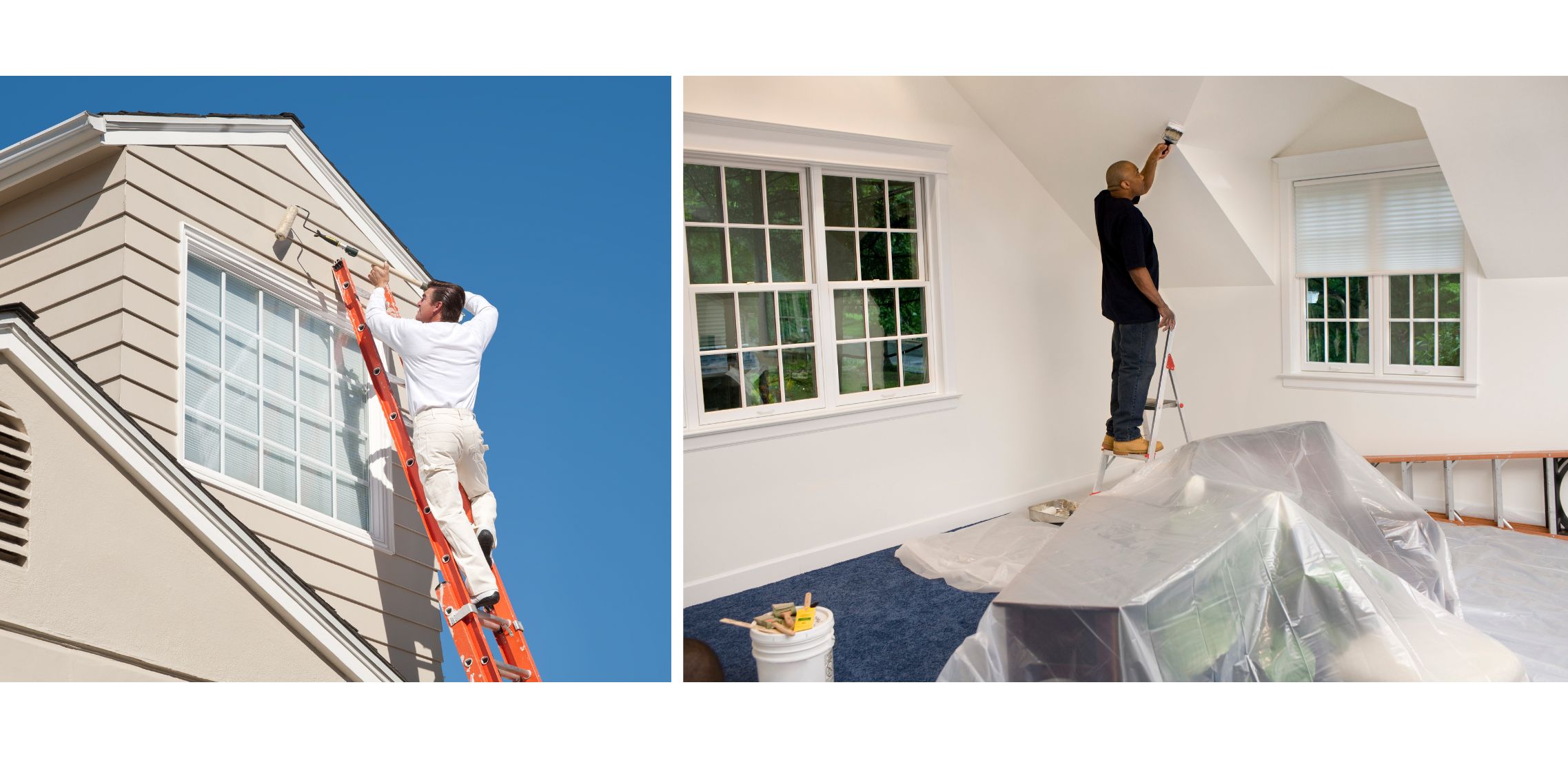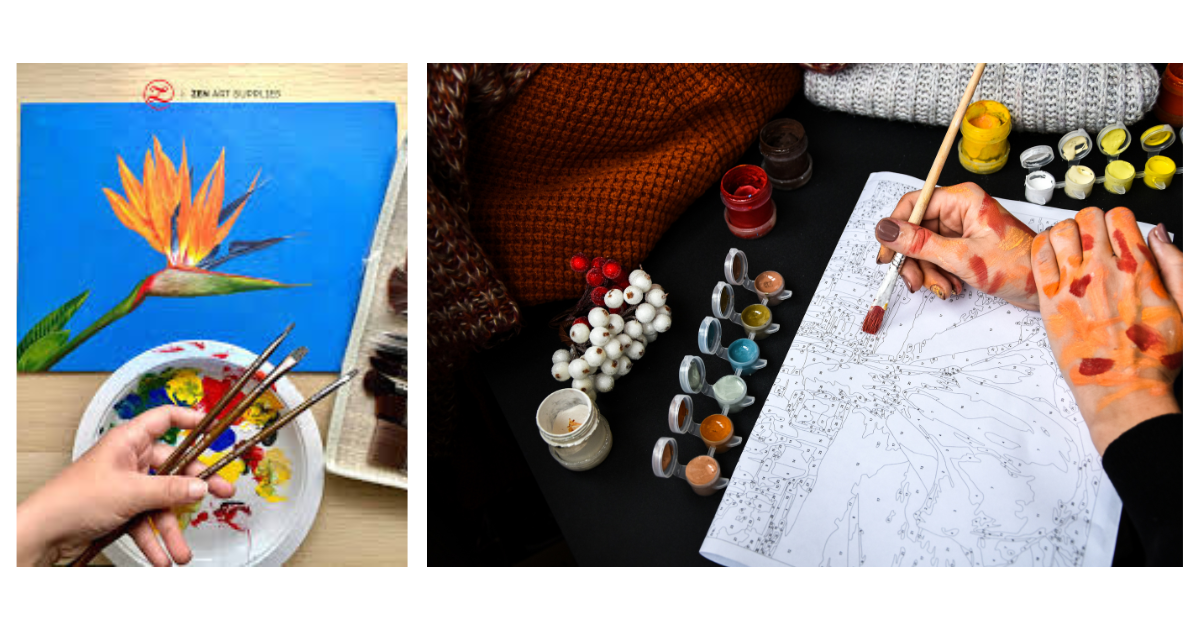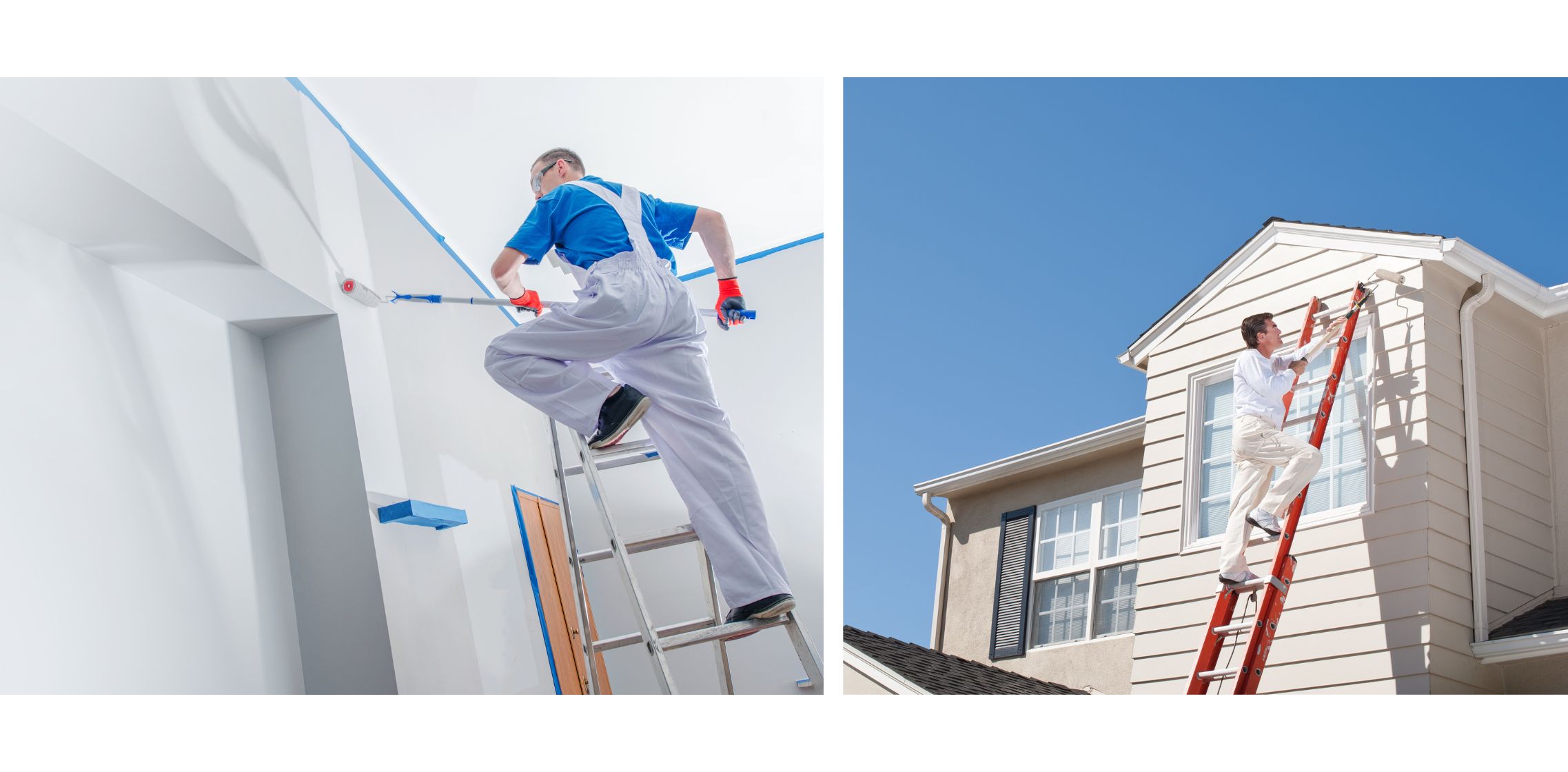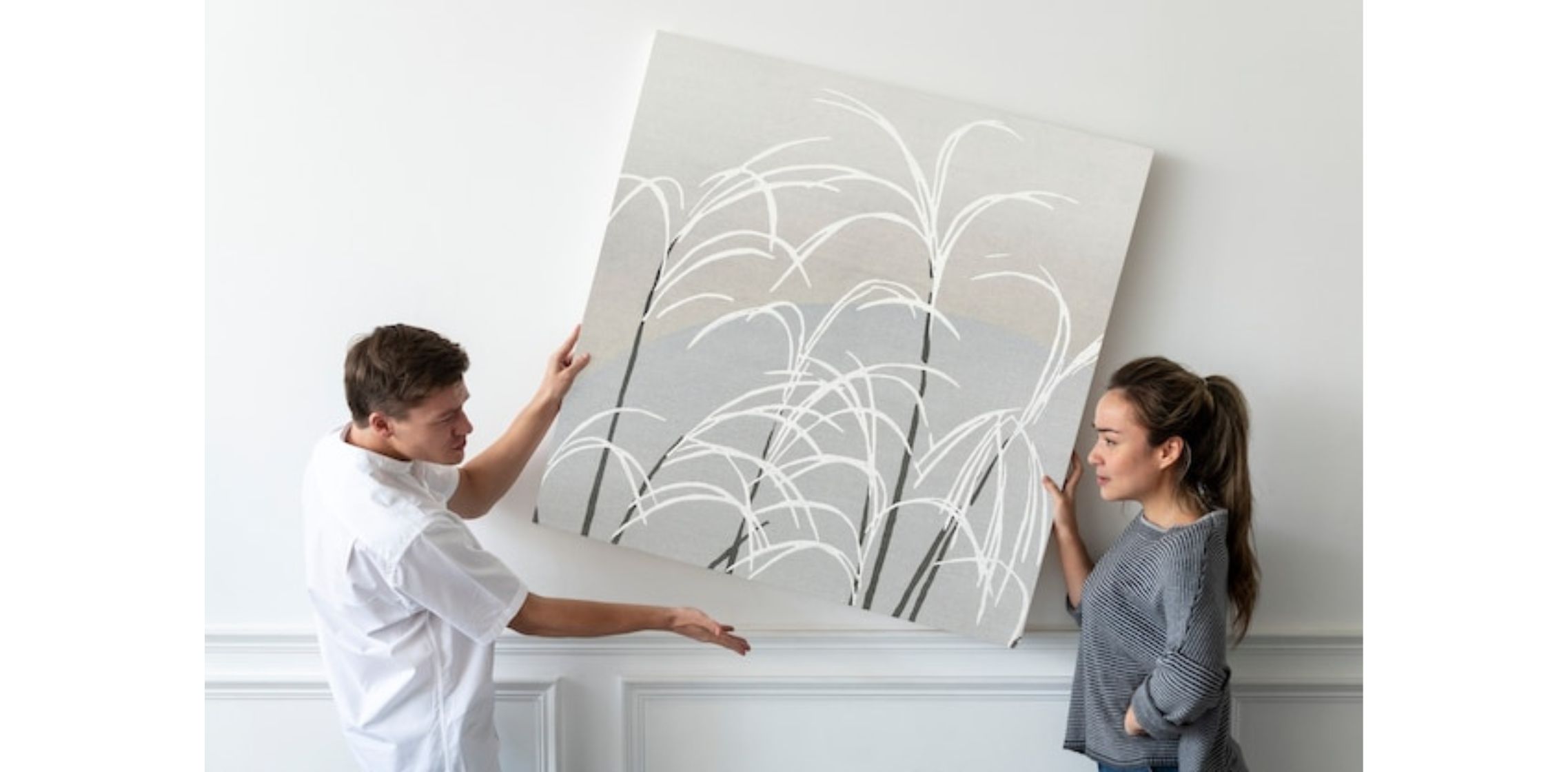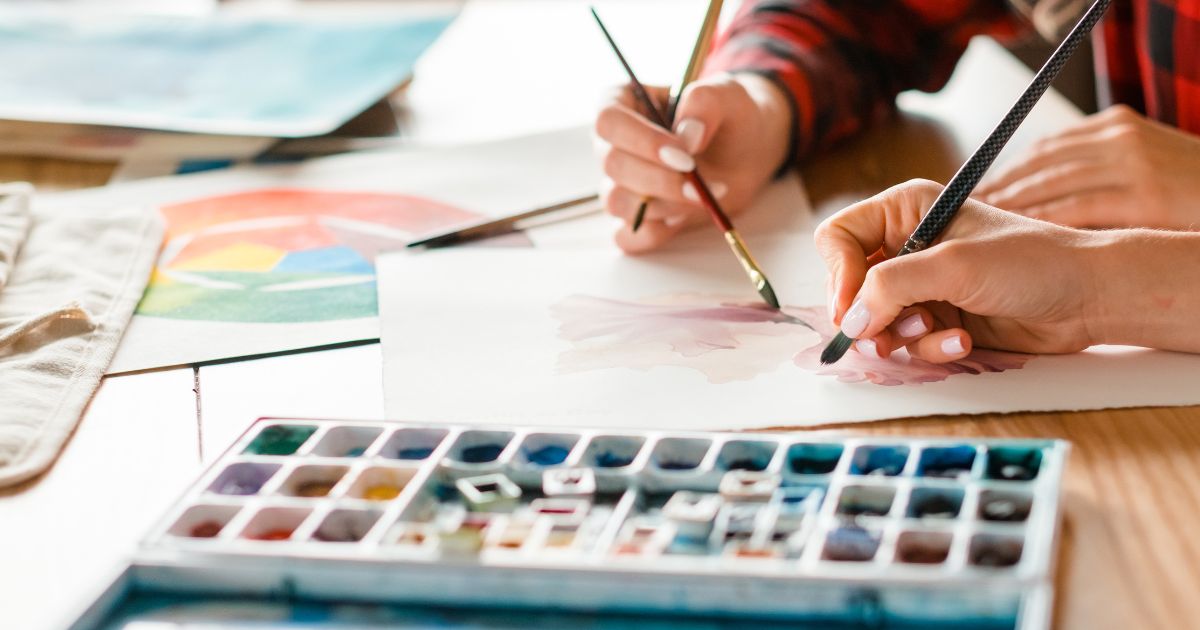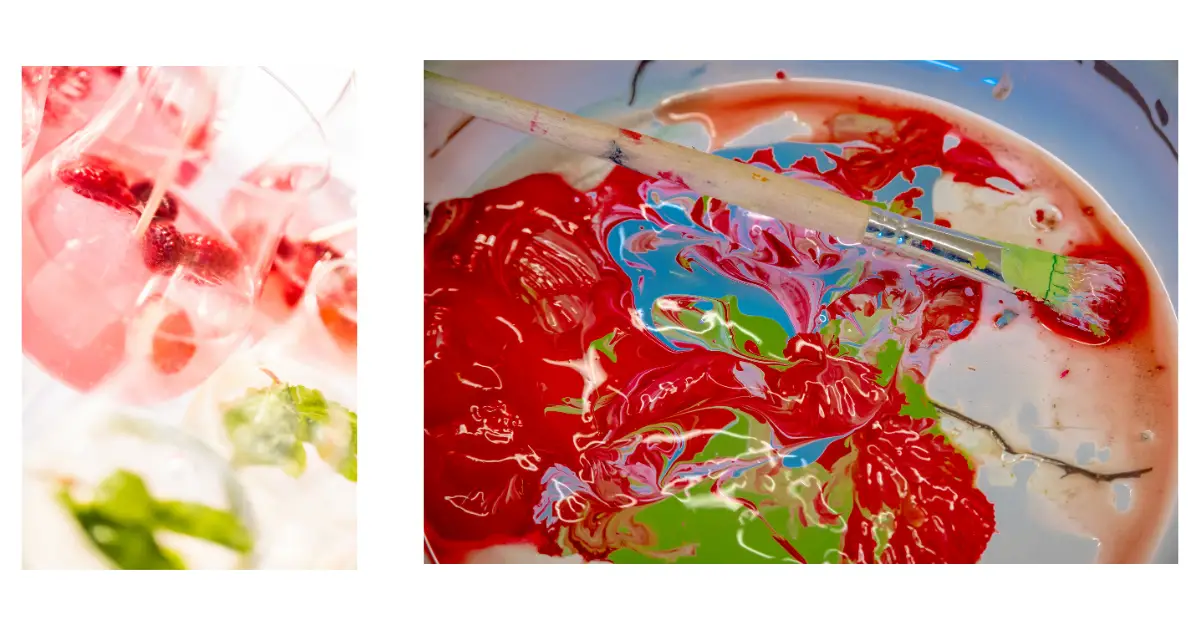Coloring drywall mud can add a unique touch to your painting tasks, whether you want to achieve a specific sheen or easily spot missed skim coats.
In this article, we will explore the different methods and techniques you can use to color drywall mud effectively. By understanding these methods, you’ll be able to enhance the visual appeal of your walls and create stunning finishes. Let’s dive in!
Can You Color Drywall Mud? Possible With 4 Easy Methods!
Drywall joint compound mud typically comes in a natural white color, but you may wonder if it’s possible to add color to it. The answer is yes!
By using the right amount of color material, you can achieve the desired sheen and color intensity. However, it’s important to note that excessive coloring may result in bleeding and increase project costs. In this article, we will discuss the different methods of coloring drywall mud to help you make an informed decision.
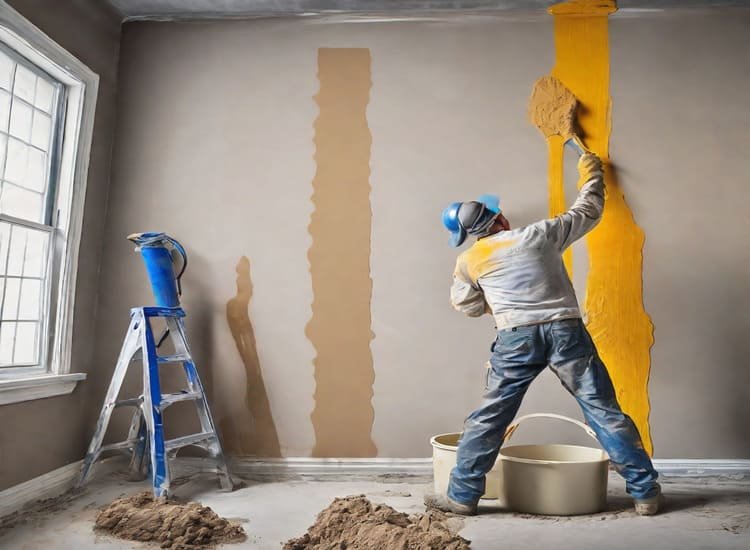
Why add color to mud?
Adding color to drywall mud offers several benefits, including improved visibility during the sanding process. When tinted, it becomes much easier to identify areas that require touch-ups before finalizing. There are different methods you can use for tinting drywall mud, such as using paint pigment or chalk as explained in this video. Additionally, utilizing tools like the Makita 40v and a mixer obtained from a paint store can help streamline the mixing process.
Why Do We Color Drywall Joint Compounds?
One of the main reasons for coloring drywall mud is to facilitate skim coats. By applying lightly colored mud, painters can easily identify areas that still require attention. Additionally, coloring the mud can enhance the brightness of the walls and contribute to the overall paint sheen. While coloring mud is not always necessary, it can be a beneficial step in certain projects.
Choosing the Best Color for Drywall Mud:
When it comes to selecting colors for drywall mud, you have various options. However, two recommended colors are light blue and yellow. Light blue provides a minimalistic sheen to the mud, while yellow offers a bright and premium look to your wall paint. It’s important to note that red may bleed and show through the paint, while black can reduce the wall sheen.
What color is best for drywall mud?
When it comes to choosing the best color for drywall mud, it ultimately depends on personal preference and the desired outcome & individual perceptions. However, there are a few colors that are commonly recommended for different purposes:
- Light Blue: Light blue is often favored for its minimalistic sheen. It can provide a subtle yet attractive look to the drywall mud, enhancing the overall appearance of the walls.
- Yellow: Yellow is known for its ability to create a bright and vibrant sheen. It can make your wall paint look premium and add a warm touch to the space.
It’s important to note that while these colors are commonly recommended, you can technically use any color on drywall mud. However, there are a few considerations to keep in mind:
- Red: Red can potentially bleed and show through the paint, so it may not be the best choice if you want to achieve a clean and consistent look.
- Black: Black tends to decrease the wall sheen and may not provide the desired effect. It’s best to use black sparingly or in specific design applications.
Ultimately, the choice of color depends on your personal taste, the intended aesthetic of the space, and the specific requirements. You may also find premixed compounds in specific colors available in the market, which can be a convenient option instead of tinting the drywall mud yourself.
Ultimately, the choice of color depends on your personal preference and the specific requirements of your project. Alternatively, you can opt for premixed compounds available in specific colors in the market.
Methods to Color Drywall Mud:
- Chalk Line Powder:
Chalk line powder, primarily used for marking lines, can also be utilized for coloring joint compounds. This dry powder mixes well with the compounds, doesn’t cause bleeding, and doesn’t create sanding issues. However, achieving the right consistency may require some practice. - Tint:
Tinting is an effective method for coloring drywall mud. With a small amount of tint, you can achieve the desired color quickly. Mixing tint with the joint compound is relatively easy, and it doesn’t result in bleeding. When using tint, ensure you choose a high-quality product like Never Miss for optimal results. - Food Color:
While food color is a common method for coloring drywall mud due to its easy availability, it’s not the most recommended approach. Food color can lead to bleeding and may show through the wall paint if not applied properly. However, if you decide to use food color, make sure to mix it thoroughly with the joint compound. - Paint:
Another method employed by some painters is coloring mud with latex or acrylic paint. While paint is easy to mix and blend with the mud, it can make the mud thicker and reduce its adhesive ability. Be cautious not to add too much paint, as it can compromise the sanding ability of the mud.
How to mix Clark line powder?
Check the below tutorial video…
Materials You’ll Need:
- Drywall mud (joint compound)
- Latex paint or drywall mud colorant
- Mixing container
- Mixing paddle or a paint stirrer
- Trowel or putty knife
- Sandpaper
- Clean water and a bucket
- Paintbrush or roller
- Safety goggles and gloves
Step-by-Step Instructions:
- Prepare Your Workspace: Start by covering the floor with a drop cloth, and make sure the walls are clean and free from dust.
- Prepare the Drywall Mud:
- Scoop the desired amount of drywall mud into a mixing container. Estimate the amount you’ll need for the job.
- For every gallon of drywall mud, you’ll typically use around 1/4 to 1/2 cup of latex paint or drywall mud colorant. The exact amount depends on the intensity of color you desire.
- You can use latex paint in your chosen color or purchase drywall mud colorant from a home improvement store. Colorant is a powdered form of pigment specifically designed for drywall mud.
- Mix the Color:
- Add the latex paint or drywall mud colorant to the drywall mud in the mixing container.
- Use a mixing paddle or paint stirrer to blend the colorant thoroughly into the drywall mud. Ensure it’s evenly mixed, and there are no streaks or lumps.
- Check the Color:
- Before applying the colored drywall mud to your walls or ceiling, apply a small amount to a scrap piece of drywall or a sample board to verify that the color is what you want.
- Apply the Colored Drywall Mud:
- Use a trowel or putty knife to apply the colored drywall mud to the wall or ceiling. Spread it evenly over the surface, feathering the edges as you go. Apply in thin layers to avoid excessive buildup.
- Let each layer of mud dry before applying the next. Depending on your location and conditions, this can take anywhere from a few hours to a day.
- Sand and Smooth:
- Once the colored drywall mud is completely dry, use sandpaper to smooth the surface. Sand it gently to remove any imperfections or rough spots.
- Paint Over the Colored Drywall Mud:
- After the mud is dry and smooth, you can paint it with your chosen paint color. Be sure to apply primer if necessary, and follow the manufacturer’s instructions for your paint.
- Clean Up:
- Clean your tools and containers immediately after use to prevent the mud from hardening on them.
Conclusion:
Coloring drywall mud opens up a world of possibilities when it comes to achieving the desired sheen and enhancing the visual appeal of your walls. By understanding the different methods available, such as using chalk line powder, tint, food color, or paint, you can select the most suitable approach for your specific project. Remember to exercise caution and experiment with small amounts of color material to achieve the desired results. Happy painting!

